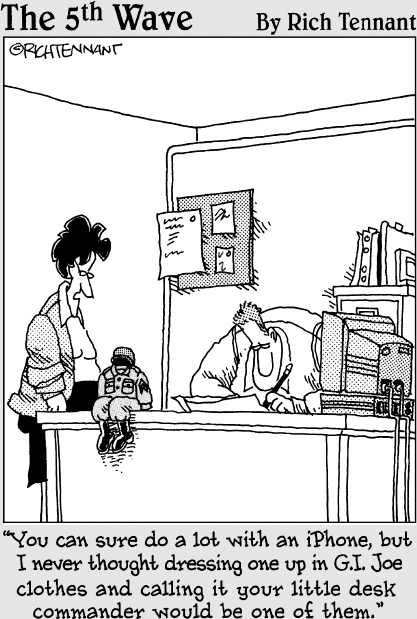Part IV. Moving from Language to Application

In this part...
In this part, you begin to add more functionality to your program. I show you how to work with data as well as more advanced ways to extend your program.
Once you get all the application functionality up and running, you will probably be eager to make it available to the user. In this part, you fit your application into the user interface frameworks on the Mac and the iPhone that make developing applications for them so easy (well, okay, relatively easy). What will be really exciting (for me at least) is when you experience how easy it is to take the application you develop and just slide it into a user interface. Of course, you have to create the user interface, and I'll give you a crash course in Interface Builder, a tool that comes with Xcode. Once you do that, just add a few lines of code, and presto change-o, you're running iPhone and then Mac applications (the same application code, I might add, with some minor user interface differences).
The technical term for this accomplished feat is "way cool."
Get Objective-C® For Dummies® now with the O’Reilly learning platform.
O’Reilly members experience books, live events, courses curated by job role, and more from O’Reilly and nearly 200 top publishers.

